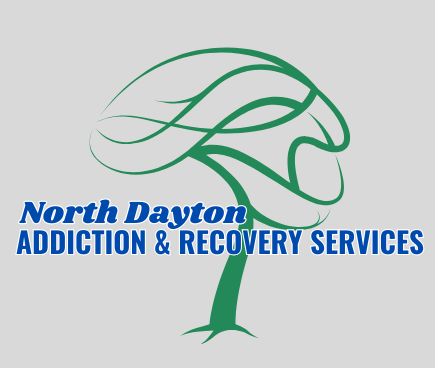
Suboxone is a medication used in medication-assisted treatment (MAT) programs to help individuals overcome opioid addiction. It contains two active ingredients: buprenorphine and naloxone. Buprenorphine is a partial opioid agonist, meaning it activates the opioid receptors in the brain but to a lesser extent than full opioid agonists like heroin or oxycodone. Naloxone is added to Suboxone to discourage misuse; if someone tries to inject Suboxone, the naloxone can precipitate withdrawal symptoms.
Suboxone works by binding to the same receptors in the brain that opioids like heroin or prescription painkillers bind to. However, because buprenorphine is a partial agonist, it produces less euphoria and respiratory depression than full agonists, which helps reduce cravings and withdrawal symptoms without causing the same level of intoxication.
Suboxone is particularly helpful for individuals struggling with opioid addiction because it can reduce cravings and withdrawal symptoms, making it easier for them to focus on their recovery. MAT programs like those involving Suboxone offer a comprehensive approach to treatment that combines medication with counseling, therapy, and support services. This combination addresses both the physical and psychological aspects of addiction, increasing the likelihood of long-term recovery success.
Participating in a medication-assisted treatment program like Suboxone not only helps individuals manage their addiction more effectively but also reduces the risk of relapse. By stabilizing brain chemistry and minimizing withdrawal symptoms, Suboxone allows individuals to focus on rebuilding their lives, repairing relationships, and addressing the underlying issues contributing to their addiction. It provides a structured and supportive environment that promotes accountability, education, and empowerment, ultimately increasing the chances of sustained recovery and improved quality of life.
